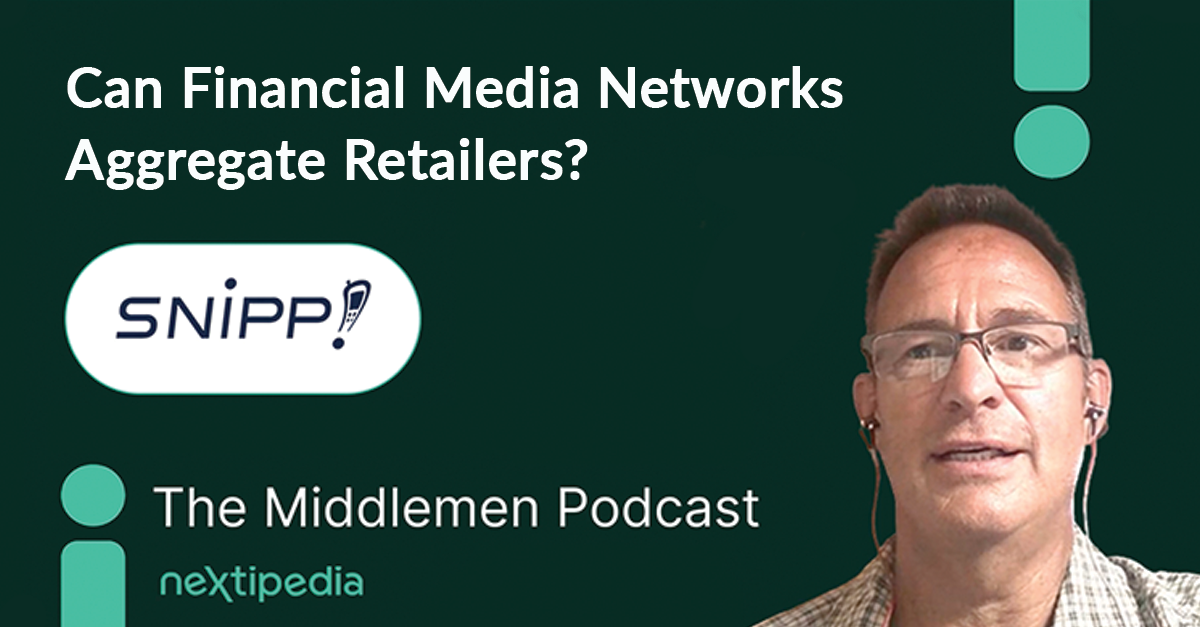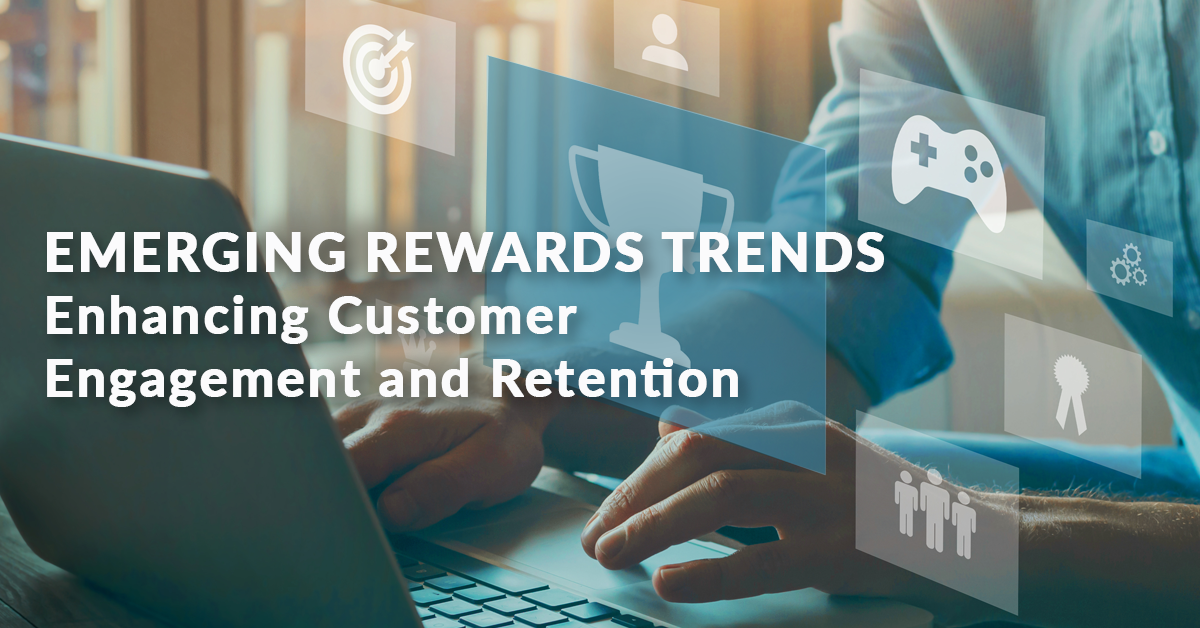This article first appeared in Loyalty360. July 04, 2016.
John Fauller, EVP, Product and Innovation at Snipp, participated in a compelling and comprehensive interview with Loyalty360 that focused on digital rewards and how they can incentivize customer loyalty.
Can you talk a bit about the ways in which digital rewards are incentivizing customer loyalty today?
Fauller: In today’s mobile-first world, shoppers are demanding that marketers communicate in meaningful, personalized ways and offer relevant and exciting rewards. If they fail to do so, consumers are quick to switch. This means that brands need to reinvent the way they think about generating loyalty.
Rewards are not just about giving customers cool stuff – it’s best done by giving customers: 1) More options 2) instant gratification 3) tailored offers just for them and 4) an emotional connection or a sense of fun and adventure — and digital rewards deliver on each of these key areas.
Digital rewards offer more options and greater customization because shoppers can choose what song to download or what movie to see, and more options translate into wider appeal. Digital rewards are also highly mobile – they can be redeemed and enjoyed anywhere. Digital rewards also provide instant gratification – instead of traditional programs where on-pack codes were collected and mailed away for prizes, users can now redeem instantly online. This is especially valuable when targeting millennials. It is also much easier to tailor offers by crafting them to the shopper’s previous shopping and redemption history. Finally, digital rewards allow brands to create a strong emotional connection by rewarding their consumers for behaviors they want to encourage, such as maintaining an active lifestyle or by treating them to a rejuvenating spa day.
What makes digital rewards attractive to customers today that can, ultimately, lead to brand loyalty and brand advocacy?
Fauller: The first advantage offered by digital rewards is convenience. Using platforms like SnippCheck, shoppers can snap a picture of their receipts on their phones and submit it via email, SMS, or website upload. Once the qualifying purchase is validated, shoppers receive offers direct to their preferred device. This is advantageous because it’s mobile, easy and personal. Most importantly, it creates a positive interaction between the brand and the customer – and ultimately, loyalty is all about creating a series of positive interactions between the brand and the buyer.
By pairing a small digital item such as a song, mobile data reward or a movie in exchange for purchase, users will not only feel a sense of gratitude toward the brand, but they are far more likely to share the offer with friends and family across social media platforms – which is a key driver of brand advocacy.
Finally, digital rewards provide shoppers with exciting, exclusive and personalized experiences. Marketers must offer such unique digital rewards that they create a sense of love and exclusivity for members, and motivate non-members to enroll. For example, if your rewards programs allow members to earn points towards box office seats at the next Major League Baseball game, then members who reap this reward are going to tell their friends. If their friends start feeling envious, they’ll be more likely to sign up.
What trends do you see in the area of digital rewards/customer loyalty?
Fauller: Two main trends are social media integration and branded wallets. Twice as many people shop online using social media versus apps. Therefore, loyalty programs must focus on increasing social media engagement by rewarding shoppers for sharing their purchases on social media, tagging the brand in their posts, writing a review or referring a friend through exclusive social-media link.
Another successful trend is integrating mobile wallets into loyalty programs. Starbucks, Walgreens, and Lowes all have branded loyalty apps for a variety of services, including mobile payments. These apps allow for speedy checkouts and exclusive offers based on a shopper’s preferences and GPS locations. And, of course, as more and more ‘things’ become connected to the Internet, such as beacons and ‘smart’ appliances, there will soon be endless places for brands to connect. That being said, marketers must constantly be thinking about what kind of experiences they want to create for members and carefully consider which soon-to-be connected or already-connected ‘things’ play a part of that experience to determine which contexts their brand is relevant.
Rewarding users with unique experiential rewards is also an emerging trend for marketers to keep a close eye on. A study by Colloquy found that live event tickets are the most appealing for customers – 56% of people surveyed were interested in this perk. Another popular option is being able to redeem loyalty points for tickets to sporting events, concerts and Broadway shows. These kinds of experiences might seem like too much of a splurge to pay for, but when bought as a reward, shoppers feel like they have gotten an exclusive perk for free, just by engaging with a brand.
Digital rewards can also be used to reward shoppers with convenient services that they use on a daily basis, such as Lyft. PWC estimates that by 2025, five sharing economy sectors could generate a potential revenue opportunity worth $335 billion. Therefore, markets must seriously consider incorporating sharing-economy rewards like Lyft credit into their rewards offerings.
Finally, shoppers want brands to inspire them to challenge themselves and to reward them for achieving mini-milestones. Nike has been delivering on this notion using its running app and its Nike training app to reward users with content, social influence, and discounts on merchandise. Walgreens and Sears also offer rewards for physical activity, in addition to shopping. This creates a positive affinity as consumers relate a brand to their fitness regime, or as a motivator for healthy living and other major lifestyle changes.
How impactful is mobile in the world of loyalty marketing today?
Fauller: Smartphones provide shoppers with the ability to interact anytime, anywhere – and this raises the bar on what they come to expect from how to interact with loyalty programs. The functionality of today’s smartphones opens endless possibilities for loyalty programs: Location-based services to create highly targeted offers; mobile wallet integrations for seamless payment and points accumulation; camera integration for coupon scanning and receipt-based purchase validation; gamification and social to increase the effectiveness and reach of programs. Mobile is the platform through which the best new loyalty programs will be augmented – brands that actively seek out these methods of engagement will be positively received by consumers.
Do you think more companies will consider digital rewards in the future and why?
Fauller: Considering how closely our lives are becoming integrated with digital technology, it’s a no-brainer that demand for digital rewards will be increasing in the future. When we examine the digital consumption habits of Millennials and Multicultural Americans – two of the largest subgroups in terms of population and spending power, we see that digital rewards are convenient, customizable and highly coveted. For example, Deloitte estimates that Millennials in the United States and Canada spent over $62 billion on media content in 2015 – about $750 per capita – and most of this is digital content and live streaming. More than half of Millennials Moms use their smartphones to listen to music daily, and more than one in four uses their smartphones to watch videos. According to studies by Facebook Insights, Hispanic Americans and Black Americans stream more video content and listen to more streaming radio than the average American population. Therefore, from a sheer demand perspective, it makes sense for marketers to invest in digital rewards and provide their loyal shoppers with rewards that they can download and enjoy right away.
What is Snipp doing to enhance the actual redemption process for rewards, getting the rewards into the hands of consumers?
Fauller: The SnippRewards platform is designed for simplicity. The user interface is fully optimized and branded for reward experiences across social media, mobile and tablets. It allows users to choose rewards from any platform – computers, tablets or smartphones. For branding, the SnippRewards platform template allows for cross-promotional ad banners for images, video, link-outs, and more.
Finally, the SnippRewards platform integrates with SnippCheck receipt processing to make the redemption process quick and convenient – both in terms of the time it takes to submit a proof of purchase and also for the time it takes to redeem the reward.





